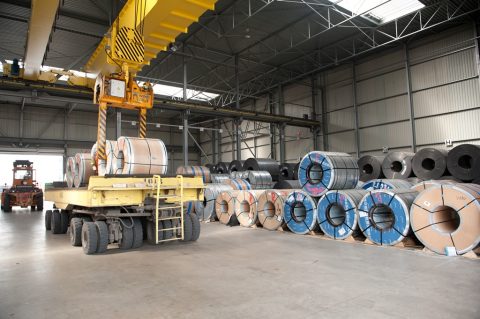
Ports & Terminals
Antwerp sees sharp rise in breakbulk volume
Foto: PSA
The breakbulk segment in Antwerp had its best three months since the second quarter of 2019. Antwerp’s breakbulk volume has taken heavy hits in the past two years but in the past quarter, it was the fastest-growing cargo segment.
Want to read more?
You have read all of your free premium articles for this month. Please become a subscriber to keep reading.
Subscribe now!
Take advantage of our exclusive offer to get full access to all premium content.




